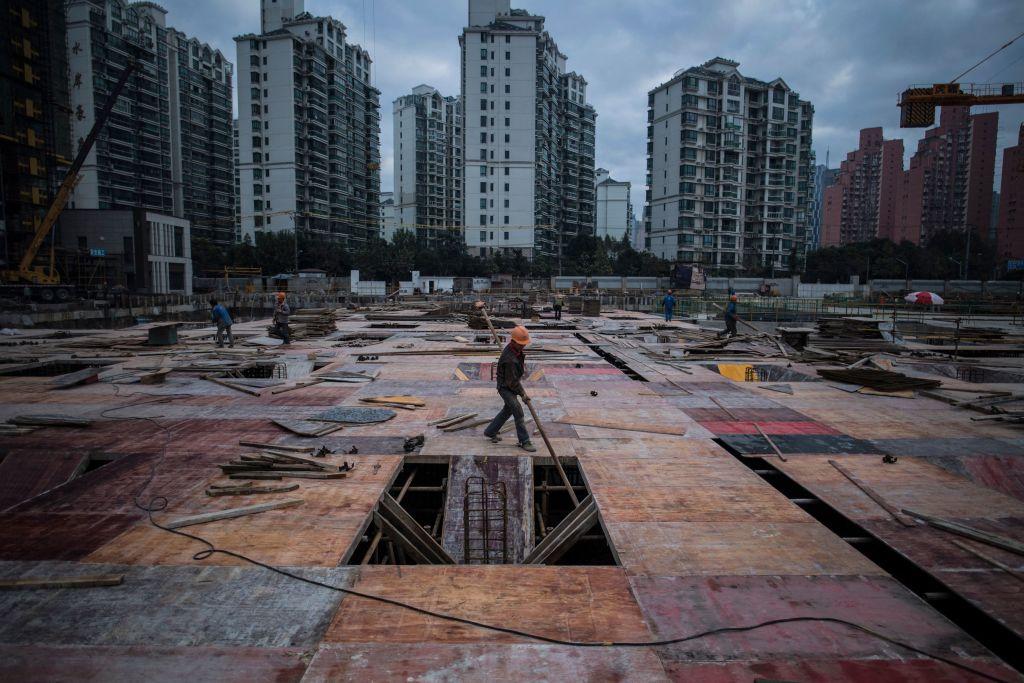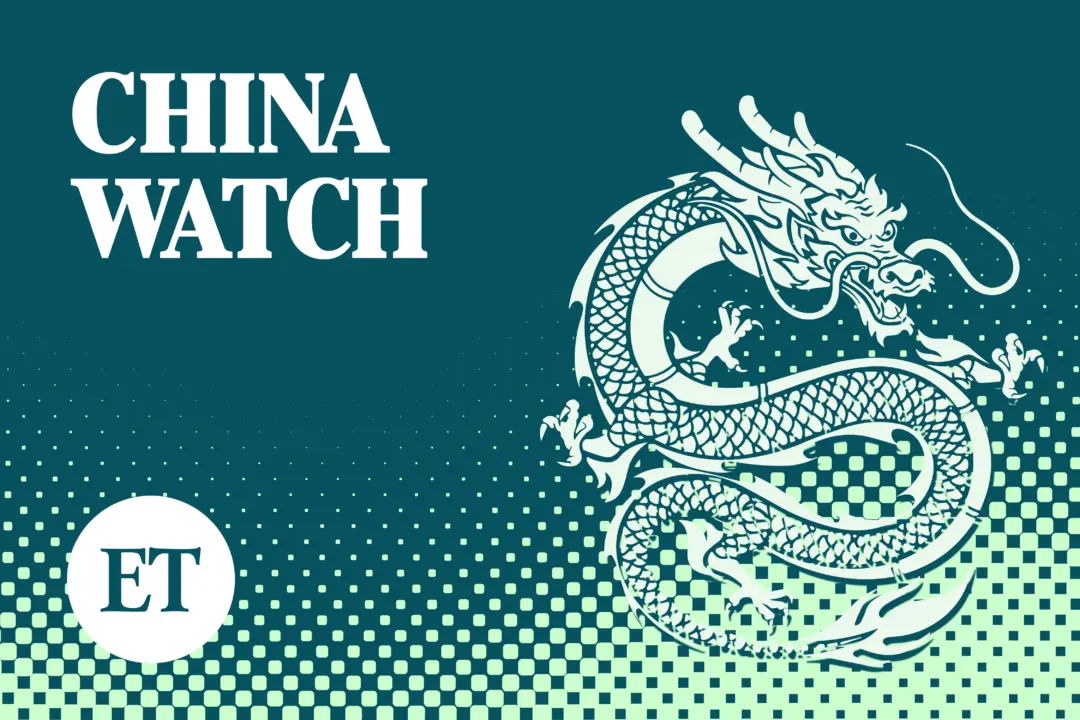With graduation looming amid a fiercely competitive job market, many college students in China are scrambling to find a position.
At a free live-stream webinar hosted in mid-June by a training company for job seekers, many of the 800 participants—primarily unemployed 2023 and 2022 graduates—eagerly posted comments to claim free templates for resumes.


